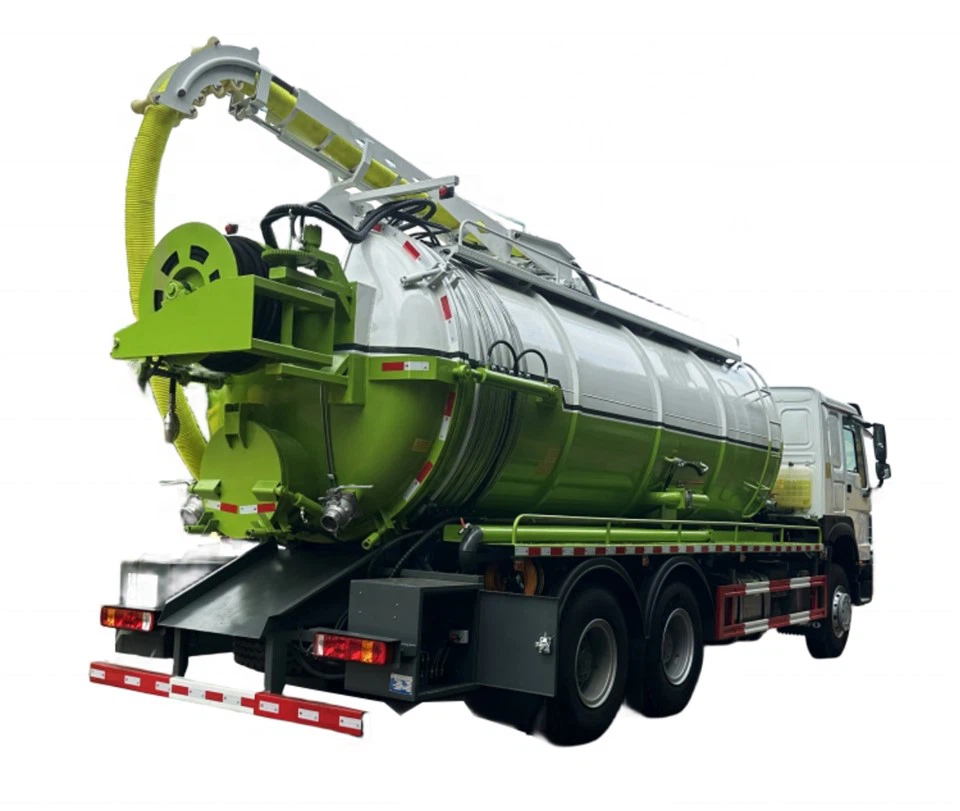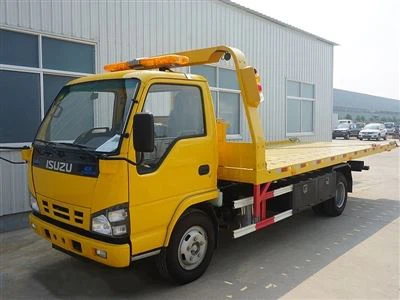Exploring the World of Dump Truck Junk Yards: A Comprehensive Guide

Introduction
Dump truck junk yards serve as vital resources for construction businesses, auto mechanics, and DIY enthusiasts alike. They are treasure troves filled with discarded parts, machinery, and tools that can be repurposed or salvaged. These yards not only help reduce waste but also provide a cost-effective alternative for finding quality components. This article delves into the ins and outs of dump truck junk yards, including their importance, how to navigate them, and tips for maximizing your experience. Whether you’re in need of specific parts or looking to sell equipment, you’ll find valuable insights throughout.
The Importance of Dump Truck Junk Yards
1. Environmental Benefits
Dump truck junk yards significantly contribute to environmental sustainability by recycling parts and metals, reducing landfill waste. By reusing materials, they minimize the need for new manufacturing, which often requires substantial resources and energy.
2. Cost-Effective Solutions
For businesses and individuals needing vehicle parts, purchasing new components can be prohibitively expensive. Junk yards offer a budget-friendly alternative where you can often find parts at a fraction of the retail price.
3. Accessibility to Rare Parts
Older dump truck models may no longer be in production, making components challenging to find. Junk yards can be a reliable source for hard-to-find parts that are essential for keeping older vehicles running smoothly.
How to Locate a Dump Truck Junk Yard
1. Online Directories

Several websites maintain extensive directories of junk yards across various regions. A few popular options include:
- YardSales.net
- JunkYardNearMe.com
- AllParts.com
Simply input your location and explore the nearest options.
2. Local Classifieds and Social Media
Check local classified ads such as Craigslist or Facebook Marketplace. Community groups on social media platforms can also yield insights into local junk yards, often featuring recommendations and reviews.
3. Word of Mouth

Ask around in your community, especially among construction workers or automotive professionals. Personal referrals can lead to hidden gems that aren’t listed online.
Navigating the Junk Yard: Tips and Tricks
1. Dress Appropriately
Wear sturdy shoes, gloves, and clothing that you don’t mind getting dirty. Junk yards can be messy environments, and proper attire can keep you safe and comfortable.
2. Bring Basic Tools
If you’re planning to remove parts from vehicles, bring basic tools such as wrenches, pliers, and a screwdriver set. This will allow you to easily detach what you need without relying on the junk yard staff.
3. Know What You Need
Before visiting, make a list of specific parts you’re seeking. Research their condition and market value to avoid overspending.
4. Explore Thoroughly
Don’t rush through your visit. Take time to explore different sections and keep an eye out for parts that may not be on your list but could be useful later.
Understanding Pricing and Negotiation
1. Standard Pricing Models
Dump trucks junk yards usually have straightforward pricing structures. Parts can be priced based on weight, model, or demand. Understand these metrics to make informed purchasing decisions.
2. Negotiating Prices
Don’t be afraid to negotiate prices. Many junk yard operators are open to bargaining, especially if you’re purchasing multiple items. Be polite and reasonable in your approach.
Tips for Selling Parts to Junk Yards
1. Assess the Value
Before selling, research the parts’ market value. This helps ensure you get a fair price. Consider using online marketplaces to compare values.
2. Clean and Organize
Presenting parts in clean, organized condition can significantly increase their perceived value. Clear away any rust or debris to make the parts more appealing.
3. Build Relationships
Establishing good relationships with junk yard operators can lead to repeat business and better pricing. Be friendly and professional, and you’ll likely be welcomed back.
The Future of Dump Truck Junk Yards
1. Technological Advances
As the automotive industry evolves, technological advancements are also making their way into junk yards. Innovations like inventory management software allow for better tracking of parts, improving accessibility for customers.
2. Increased Environmental Awareness
More businesses are recognizing the importance of sustainability. As this trend continues, junk yards may adapt their operations to focus more on recycling and eco-friendly practices, further enhancing their appeal to consumers.
Practical Examples of Parts to Look for
1. Engines and Transmissions
Often, the engine and transmission are the heart of the vehicle. Finding a well-maintained engine can save significant repair costs compared to purchasing new.
2. Tires and Wheels
Used tires and wheels can be surprisingly affordable and in good condition. Inspect them carefully for wear before purchasing.
3. Body Panels and Bumpers

Replacement body panels and bumpers can be costly when ordered from a dealer. A junk yard may offer comparable parts at a fraction of the price.
FAQ Section
1. What should I look for when buying parts from a dump truck junk yard?
Look for signs of wear, corrosion, and damage. Ensure that parts are compatible with your vehicle and have all necessary components intact.
2. Are there any warranties on parts from junk yards?
Warranties vary by junk yard. Always inquire about return policies or guarantees before making a purchase.
3. Can I return parts if they don’t fit my vehicle?
Most junk yards have strict return policies since items sold are often used. It’s advisable to double-check compatibility before purchasing.
4. How can I ensure I’m getting a good deal at a junk yard?
Conduct research on parts’ values, compare prices at multiple junk yards, and don’t hesitate to negotiate.
5. What are the common myths about junk yards?
Common myths include that all parts are broken or unusable and that junk yards are only for mechanics. In reality, many parts are still in good condition and accessible to anyone.
6. How can I prepare for my visit to a junk yard?
Make a list of parts you need, wear suitable clothing, bring tools for removing parts, and take your time exploring.
